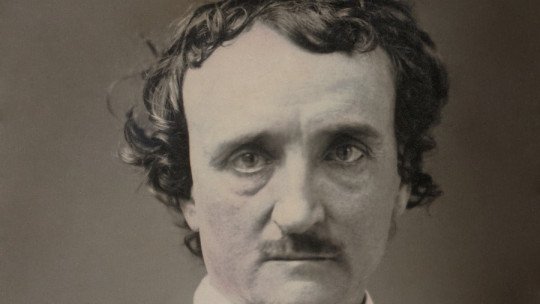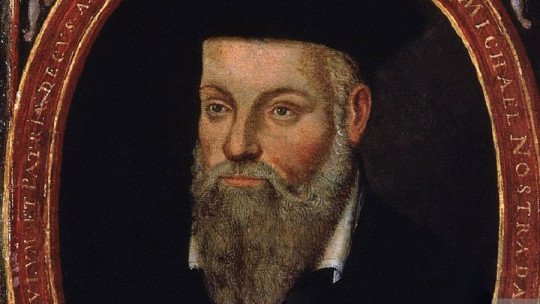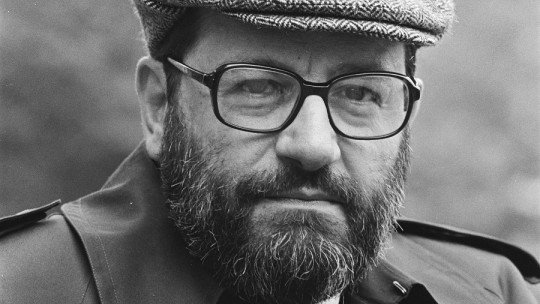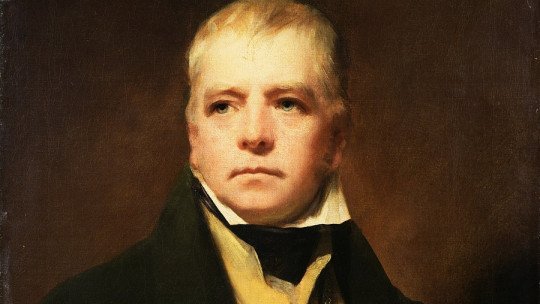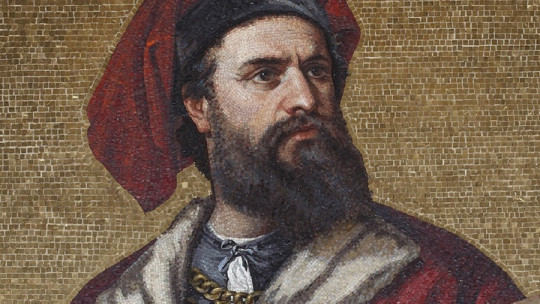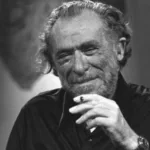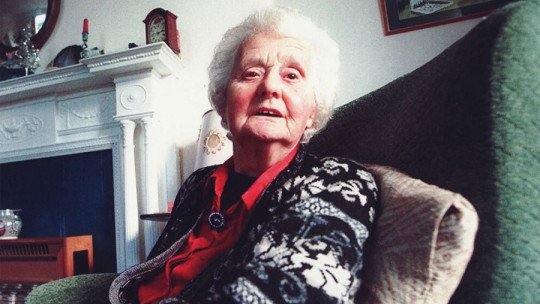He is known as “the undisputed master of terror.” And no wonder: with 300 million copies sold worldwide, Stephen King is probably one of the most famous contemporary writers and which has had the greatest impact on the popular culture of the late 20th century and early 21st century.
Influenced by classics of the genre such as Poe or Lovecraft, this best-selling author began his brilliant work in the early 70s; And to this day, it doesn’t seem like he has any intention of stopping. Although it is true that it would not be fair to try to carry out an in-depth analysis of all of his work in a few paragraphs, this writing aims to expose the keys and singularities that allow us to understand what the reader who immerses himself in the pages will encounter. from the King universe.
Stephen King and the secrets of terror
Throughout more than 50 books, including horror, fantasy and science fiction novels; short stories, a literary saga and non-fiction novels, Stephen King explores the way in which the most primal fears, childhood traumas and obsessions penetrate the human psyche, leaving an incurable scar on his protagonists, poisoning their minds and conditioning their future existence.
As the writer said: “the key to terror is that it activates certain phobic pressure points that are common to everyone.” That is where its genius lies; And Stephen King knows how to make the reader connect in one way or another with what terrifies him. After all, we all have a series of fears that make our hearts shrink and keep us awake: some are common in the collective unconscious (the fear of death would be quite illustrative), others are more specific (fear of snakes , clowns, darkness…), while many are born from childhood experiences.
It is worth mentioning the importance that King gives to the latter, since in several of his most famous titles (such as It, The Mystery of Salem’s Lot or The Dream Catcher), one or more of the main subjects are haunted by the dark memory of an event that took place in their childhood and which they will have to face to overcome their personal demons.
Decisive autobiographical facts in his work
If Stephen King is characterized by something, it is for dyeing his narratives with autobiographical overtones It is not strange to find that authors from various disciplines in the art world use their creations to reference themselves in one way or another, and this case was not going to be different.
A common denominator throughout his career has been having protagonists who are writers of very famous novels (The Shining, The Mystery of Salem’s Lot, IT, Misery, or A Bag of Bones, among many others), probably as a nod or tribute to his career.
A hotel room to inspire
After his first best-seller (Carrie, 1974), King was already a well-known and famous author. Despite being an expert at infusing terror through his novels, he also had his own ghosts of his own. Suffering from what is known as “writer’s block,” he tried to get away from the deafening noise of the city in a half-empty hotel located in the Rocky Mountains in an attempt to regain lost inspiration.
Unknowingly, it turned out that in the room in which he was staying (217), the former owner of the hotel had died of a short circuit in 1911. On the other hand, several guests had complained to the hotel staff that at night someone was banging on the door. door and, upon opening it, there was nothing but silence and the hallway deserted.
These and other phenomena that apparently took place served as the basis for the well-known The Shining (1977), probably one of his works in which he establishes the most parallels with his real life. It is no coincidence, then, that the plot revolves around Jack Torrance, a father of a family who has moved with his wife and son to live in a hotel in the mountains of Colorado to take care of the maintenance during the harsh winter, while he waits like this. being able to finish his latest novel; nor that all kinds of inexplicable events happen in that hotel that have to do with a specific room: room 217.
The double edge of success and fame
Another of King’s fears was the fans, or rather the way in which his work could influence the public for better or worse. On one occasion, during a book signing, a young man approached King with a copy to dedicate to him and told him: “I’m his number one fan.” Those words were decisive for one of his most renowned titles: Misery (1987). In it, the novelist Paul Sheldon, as a result of a car accident, ends up bedridden in a cabin lost in the snowy mountains.
Unfortunately for him, the nurse who rescued him and is in charge of his care is also a fervent follower of the protagonist heroine of his books; so the way in which the writer has decided to end his last volume will not be taken too kindly…
run over
A third event that marked a turning point in his work occurred in 1999 While walking along the side of a county road, he was hit by a van and was thrown several meters away from the scene. Paradoxically, at that time he was writing Buick 8, a wicked car, which, after making some notes, would be published in 2001.
This novel tells how the son of a sheriff killed in the line of duty tries to discover the mystery surrounding an old car that has been parked for years in a warehouse under police custody; while he tries to find out if the death of his father has some kind of link to the vehicle. Later novels are also based on this decisive moment in Stephen King’s life (Duma Key, 2008).
Anecdotes and curiosities
There are many events that have occurred during Stephen King’s writing journey. Not in vain, the success achieved began in the seventies and has lasted to this day. Let’s see which have been the most decisive and the most striking
1. Papers in the trash
During the writing process of Carrie, Stephen King He was so unconvinced that it would succeed that he threw the draft in the trash His wife, when he was not at home, retrieved it, read it secretly, and urged him to take it to her publisher. The rest, as they say, is history.
2. Autograph
The young man who asked him for his autograph and whose words served as the basis for Misery (1987), It was Mark David Chapman, infamous for murdering John Lennon
3. The Shining and Stanley Kubrick
Many of his books have been transferred with greater or lesser success to the world of cinema One of the most illustrious is Stanley Kubrick’s version of The Shining (1980). This enduring classic of the seventh art, however, has never pleased Stephen King, as it is far from his written version.
4. Repressed hate
Rabia (1977) is the title of an unpublished novel in its bibliography. The reason? It tells how a high school student murders several teachers and classmates due to the repressed hatred he feels Sadly, it has certain parallels with massacres that occurred later, such as those at San Gabriel High School (California, 1988) or Jackson County High School (Kentucky, 1989). Stephen King himself had to immediately request the withdrawal of all copies and issued a press release asking for forgiveness.
5. Fear of clowns
Coulrophobia is the overwhelming fear of clowns Several investigations have tried to find out where the origin of this phobia is and have found that many cases date back to 1986, curiously the year of publication of the best-seller IT. IT tells how every 27 years, in a town in the state of Maine, several local children are found murdered. A small group of survivors must once again face the horror if they want to put an end to the evil that lives there, an evil that takes the form of a good-natured clown…
6. Clues that connect their works
Except for the books in the Dark Tower collection, the rest of the stories are independent. However, Stephen King takes the opportunity to leave us clues that connect them to each other In IT (1986), references to Christine (1983) and the Dark Tower saga appear; the latter also mentioned in The Dance of Death/Apocalypse (1979). If we read Tommyknockers (1988) or The Dreamcatcher (2003), we will find allusions to IT… what other nods to the astute reader has Stephen King deposited throughout his work?
7. Against all odds
After tortuous beginnings (a past marked by economic hardship, depression and alcohol abuse), Stephen King managed to rise as the great literary myth that he is today. As if he didn’t have enough trouble with his personal problems, He also had to face the critics of the time who considered horror novels to be second rate.
Fortunately for him, the public was unanimous and, despite everything, he managed to make a place for himself on the best-seller lists, reaching number one in the world on several occasions.
Without a doubt, a novelist whose work is worth discovering in depth.


